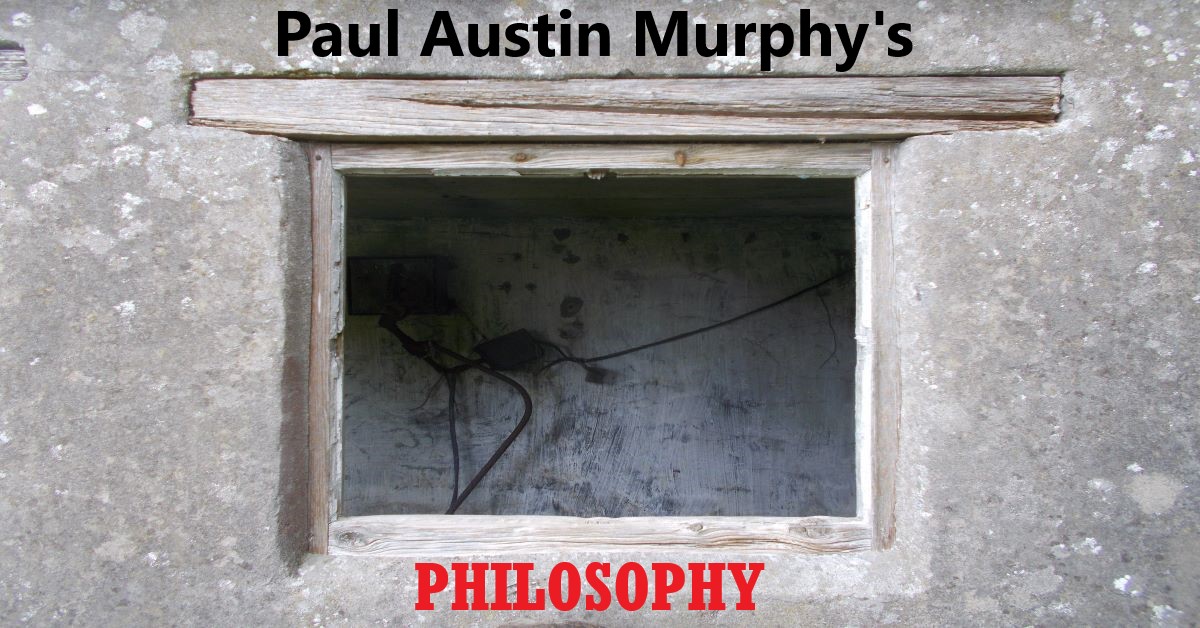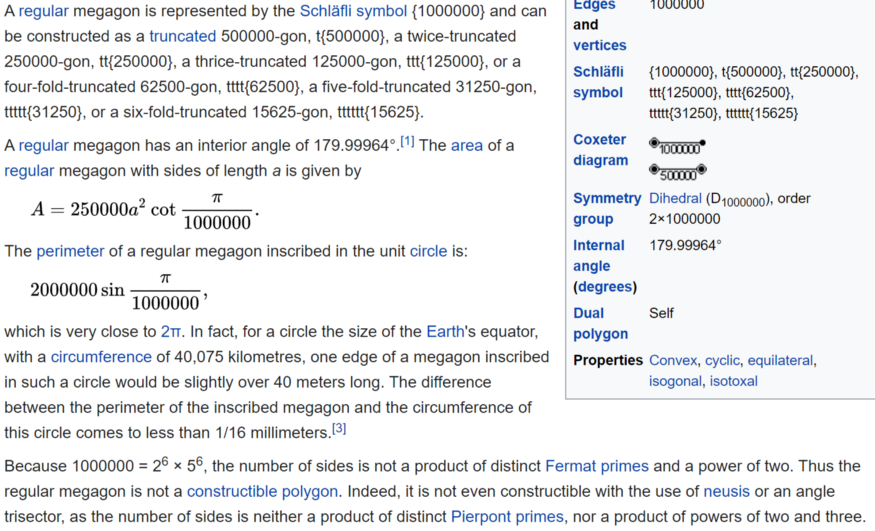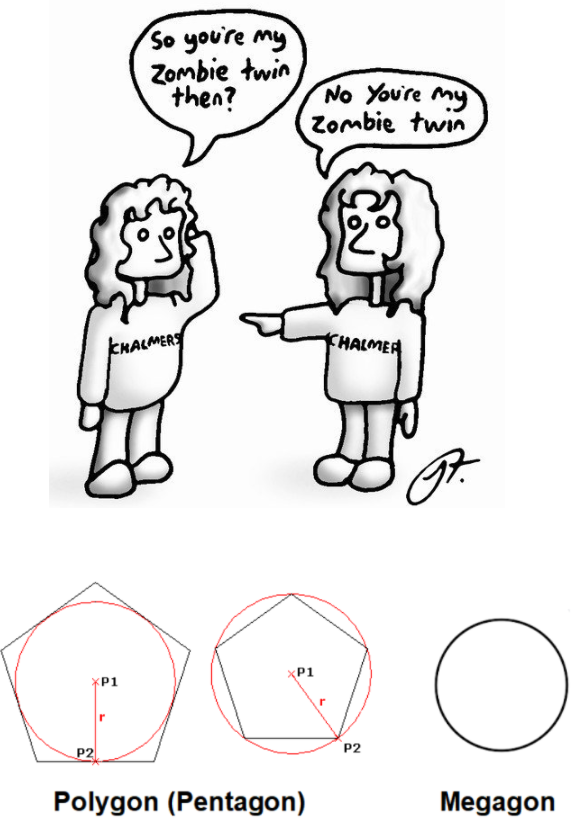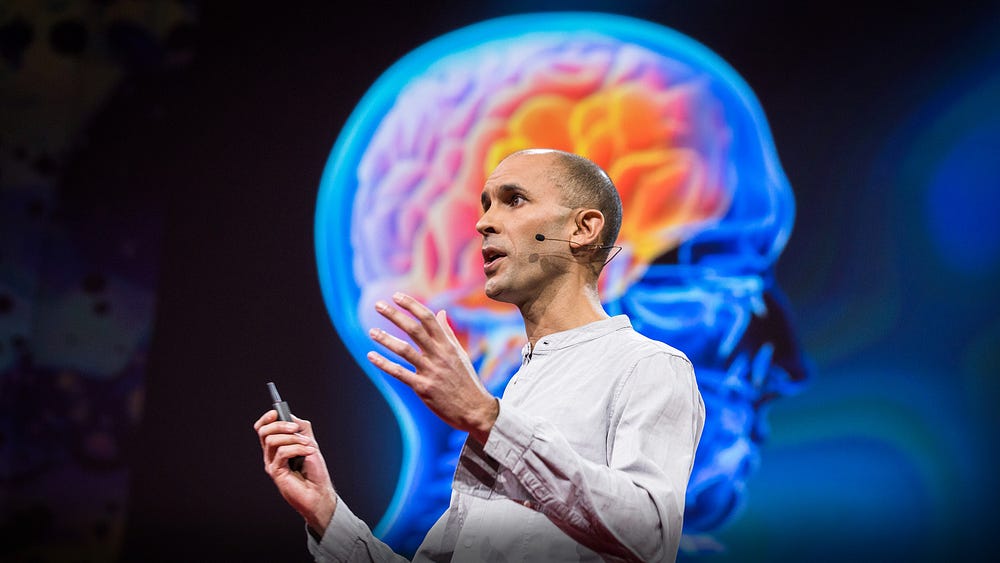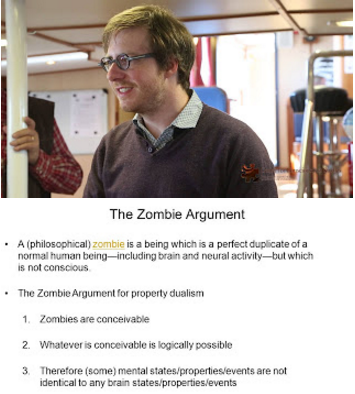This essay will raise largely philosophical issues concerning Albert Einstein’s general theory of relativity. Such issues will be prompted by Einstein’s own words on this matter. The essay will also include those intuitive questions which laypersons may ask about Einstein’s theory. I’ll also assume that at least a certain degree of ignorance (or naivety) — on my own part — will be displayed about the detailed physics of general relativity.
These philosophical questions and issues should be taken within the context of there being a large amount of mathematics and (as it were) pure physics in Einstein’s Relativity: The Special and the General Theory — far more than you’d see in most (or even all ) contemporary “popular science” books. Indeed there are equations and mathematical symbols on virtually every page. And all that despite the fact that Einstein aimed his book at those “who are not conversant with the mathematical apparatus of theoretical physics”.
Relativity: The Special and the General Theory began life as a short paper and it was first published in 1916. (My own English edition dates from 1920; which is the same edition displayed in the image above.)
To quote Einstein’s own preface (part of which has just been quoted), this book’s aim is to give
“an exact insight into the theory of relativity to those readers who, from a general scientific and philosophical point of view, are interested in the theory, but who are not conversant with the mathematical apparatus of theoretical physics”.
The Special Theory of Relativity
Since this essay in on the general theory of relativity and I’ll be using Einstein’s own words as a springboard, then it’s wise to begin by quoting Einstein himself distinguishing his general theory of relativity (1915) from his special theory of relativity (1905).
Einstein makes an important distinction in the following:
“[A]ccording to the general theory of relativity, the law of the constancy of the velocity of light in vacuo, which constitutes one of the two fundamental assumptions in the special theory of relativity [] cannot claim any unlimited validity. A curvature of rays of light can only take place when the velocity of propagation of light varies with position.”
Then Einstein makes it clear that his own (prior) special theory of relativity is not thereby dead or irrelevant. Thus:
"Now we might think that as a consequence of this, the special theory of relativity would be laid in the dust. But in reality this is not the case. We can only conclude that the special theory of relativity cannot claim an unlimited domain of validity; its results hold only so long as we are able to disregard the influences of gravitational fields on the phenomena (e.g. of light.)”
This means that it is gravity that’s the vital addition to Relativity when it comes to the general theory. And when gravity and its effects were introduced, then a lot more of physics and cosmology needed to be modified — or even drastically changed — too.
The General Theory of Relativity
Matter and Space
It’s now well known that Albert Einstein argued that space and time are intimately connected — hence the introduction of the notion spacetime. However, he argued that space and matter are intimately connected too. Of course these two separate unifications (i.e., space and time & matter and space) are themselves placed in a larger unification in Einstein’s overall scheme.
Einstein believed that space is “determined by matter”. More technically, he believed that it’s the “geometrical properties of space” which are determined by matter. Thus when matter determines (this word is, so far, vague) a given area of space, then that space’s geometrical properties change.
Einstein concluded with the following words:
“Thus we can draw conclusions about the geometrical structure of the universe only if we base our considerations on the state of the matter as being something that is known.”
This is basically to say that in order to know about the geometrical structure of a given area of space (or indeed the universe as a whole), then we also need to know about “the state of the matter” in that given area of space. Thus if we know about that matter, then we also (or can also) know about that spatial area’s geometrical properties.
So does that also work the other way around?
That is, in order to know about a given piece of matter, do we also need to know about the geometrical structure of the area of space in which that piece of matter is (as it were) imbedded?
All the above raises a question similar to the one asked about the precise relation between mind and matter/the brain (i.e., if we accept some form of dualism). Basically, if the brain and mind are completely different (to use a philosophical term) substances, then how do they interact at all? Similarly, if space and matter are completely different substances(?), then how do they interact at all?
Again, Einstein told us that “the geometrical properties of space are not independent”: they are “determined by matter”. Does that mean that — as with the physicalist notion of mind — space is a kind of matter? Perhaps the least we can say is that space is not nothing. That is, we don’t need to say that space is matter — simply that it is in some way… physical. Indeed if space isn’t in some way physical, then how could it be determined by matter?
So how, exactly, does matter “determine” space’s geometrical properties?
Not only that: we still don’t really know what space and matter are. Perhaps if we can know what they are, then we’d also come to know how matter determines the geometrical properties of space.
Gravitational Fields and Distributions of Matter
Einstein gave us a concrete example of the reciprocal relation between gravitational fields and matter. He wrote:
“We already know from our previous discussion that the behaviour of measuring-rods and clocks is influenced by gravitational fields, i.e. by the distribution of matter.”
Firstly, it must be said that Einstein seemed to be setting up an identity relation here. Thus:
gravitational fields = the distribution of matter
So is it that gravitational fields are an effect of distributions of matter or that they actually are distributions of matter? In any case, the least we can say (at this juncture) is that there’s an intimate relation between gravitational fields and distributions of matter.
This raises the following question: What is a gravitational field?
In any case, even if gravitational fields couldn’t exist without distributions of matter, that doesn’t also mean that they are one and the same thing. In addition, it may still be the case that both gravitational fields and distributions of matter are physical; though not physical in precisely the same way.
Indeed if we accept Einstein’s general theory of relativity, then there’s a way of looking at these issues in which there’s no gravitational force at all. More technically, gravitational fields simply “represent” the curvature of spacetime. This means that gravity is a “fictitious force”. Thus we don’t really need to ask the question, “What is gravity?” And that’s because gravity doesn’t actually exist. (These “interpretations” may not matter to many physicists in that they don’t alter the data.)
We’re still left with this question: “What is spacetime?”
Rigid Bodies?
Einstein often referred to “rigid bodies” in his Relativity: The Special and the General Theory.
Rigid bodies can be characterised negatively in this way:
Rigid bodies are bodies which are not influenced by gravitational fields.
Basically, a rigid body is a body that retains all its geometrical over time.
Yet since gravitational fields exist, then there are no such things as rigid bodies. A non-rigid (Einsteinian) body, on the other hand, is constantly influenced by gravitational fields. And that’s because such fields never (as it were) go away.
More concretely, Einstein told us that a “rigid rod” is not actually rigid at all. He wrote:
“This proves that the propositions of Euclidean geometry cannot hold exactly on the rotating disc, nor in general in a gravitational field, at least if we attribute the length I to the rod in all positions and in every orientation.”
So if a rod is length I at one place and at one time, then it won’t still be length I at another place and at another time. (It must be borne in mind that the differences here are fantastically small!) Yet at that other place and other time it’s still exactly the same rod! To repeat: every change of position and every change of orientation of this rod (which was initially designated as having length I) will change its geometry (or, more simply, its size).
(Philosophers have had fun with the “standard rods”, etc. which are used for measurement — see ‘Kripke, Duchamp & the Standard Metre’.)
Clocks
Einstein then stated that gravitational fields (or various distributions of matter) “influence [] the behaviour of measuring-rods and clocks”. So here again we can ask if it’s the case that physical things (i.e., gravitational fields) are influencing other physical things (i.e., measuring-rods and clocks).
Einstein supplies detail about gravitational effects on clocks. (In this case, it’s in relation to a rotating circular disk on which two clocks are placed.) He wrote:
“Thus on our circular [rotating] disc, to make the case more general, in every gravitational field, a clock will go more quickly or less quickly, according to the position in which the clock is situated (at rest).”
In other words, a clock will either go “more quickly or less quickly” depending on its precise physical and spatial relation to the gravitational field. This means that there is no absolute time which can be supplied by the clock: the time it gives is dependent on its relation to (or place within) a gravitational field. As Einstein put it:
“For this reason it is not possible to obtain a reasonable definition of time with the aid of clocks which are arranged at rest with respect to the body of reference.”
So even if these two clocks were set at the same time and given the same time, then, after those settings, differences will occur which have nothing to do with the clocks’ respective mechanisms and everything to do with their relative positions in the gravitational field. That also means that there’s no absolute way of choosing which of the two clocks (in two different places) is giving the right time. They both are. And that’s the case even though they give — very slightly — different times.
It’s not only the relative positions of the clocks which determines their different times: it’s also a question of their velocities. Einstein wrote:
“As judged from this body, the clock at the centre of the disc has no velocity, whereas the clock at the edge of the disc is in motion relative to K in consequence of the rotation [].”
Thus one clock has no velocity (relative to K) and the other clock is in motion (relative to K). What follows from that? According to Einstein,
“it follows that the latter clock goes at a rate permanently slower than that of the clock at the centre of the circular disc, i.e. as observed from K”.
The clock in motion, then, is slower precisely because it’s in motion. Similarly, the clock at the centre of the disk (which has no velocity) is running more quickly. In other words, velocity (roughly, speed with direction) slows time down. Or, at least at this juncture, velocity slows clock time down.
So, in the case of the two clocks in Einstein’s thought experiment, we can ask this question:
Is it that gravitational fields makes one clock run slower or is it that time itself — for that clock — runs slower?
In other words, is there a difference between clock time and time itself?
The problem here is that if we have no other way of measuring time (or knowing about time) other than via clocks or other (moving) “bodies”, then surely that which measures time and time itself are intimately connected — at least in Einstein’s picture.
In Einstein’s own words, “a physical definition of time” depends on both gravitational fields and how those fields influence clocks. Indeed this fact, as Einstein concedes, wasn’t factored into his special theory of relativity. In other words, time-telling (though not time itself) is relative in the general theory of relativity; whereas in the special theory of relativity it isn’t. That is, although the relativity of time was obviously recognised in the special theory of relativity, the (as it were) relativity of clocks (or other time-telling bodies) wasn’t.
We now also need to ask how, exactly, gravitational fields (to use Einstein’s vague non-technical word) “influence” rigid bodies such as clocks and measuring-rods.
Just a final note on Einstein’s focus on clocks, measuring-rods and rigid bodies (as also featured in the next section).
At this stage of his career, Einstein didn’t attempt to tell his readers what space and time actually are — despite my own questions so far. Instead he took an operationalist (though that term came later) position on these matters. Indeed none other than Alan Turing (1912–1954) picked up on this after reading Einstein. He expressed Einstein’s (1916) position (as quoted by Andrew Hodges) in the following passage:
“It is meaningless to ask whether the two p[oin]ts are always the same distance apart, as you stipulate that the distance is your unit and your ideas have to go by that definition… These ways of measuring are really conventions. You modify your laws to suit your method of measurement.”
Of course Turing himself applied this line of reasoning to this question: “Can a machine think?” In other words, he answered that question operationally in terms of what can be shown to be an example of thinking under controlled circumstances.
Let’s now move on to physical space.
Physical Space
The (as it were) physicality of space has been directly known since Faraday and Maxwell and — in a sense — indirectly known since Newton. The following is how Einstein put it:
“The success of the Faraday-Maxwell interpretation of electromagnetic action at a distance resulted in physicists becoming convinced that there are no such things as instantaneous actions at a distance (not involving an intermediary medium) of the type of Newton’s law of gravitation.”
More particularly, the physicality of space was highlighted when Einstein asked us to “imagine a spherical space”.
Was this a case of Einstein asking us to imagine (a) space without something in it? Or to put that another way: Was Einstein asking us to imagine space itself being spherical?
These questions are asked because in order to imagine a spherical space, Einstein actually imported rigid bodies — again!— into his act of imagination. To use Einstein’s own words:
“To imagine a space means nothing else that that we imagine an epitome of our ‘space’ experience, i.e. of experience that we can have in the movement of ‘rigid’ bodies. In this sense we can imagine a spherical space.”
This basically means that we actually imagine “the movement of rigid bodies” within a given space. And from that “experience” we can conceive (rather than imagine) of space itself being spherical. That is, a clue to the sphericity of space is provided by the movement (or trajectories) of rigid bodies. That means that the imagination — or even observation — of space alone can’t tell us that space is spherical. Instead, it’s the movement of bodies within space which must show us that this is so.
Again: Einstein wasn’t asking us to imagine space with nothing in it. (Perhaps that would be an impossible act of imagination.) Instead we must imagine moving bodies within space and from that act of imagination deduce (or “conceive” — a word which Einstein used later) that space is indeed spherical.
Thus it’s only in (to use Einstein’s own words) “this sense” that we can imagine a spherical space.
In addition, we can only make sense of space when we — in some cases at least — bring in “motion relative to a practically rigid body of reference”. Thus space still exists; though we can only make sense of it when we include a dynamics which is itself a product of introducing rigid bodies and frames of reference.
Another demonstration of the physicality and shape of space is offered by Einstein in his following words:
“At first, the straight lines which radiate from the starting point diverge farther and farther from one another, but later they approach each other, and finally they run together again at a ‘counter-point’ to the starting point. Under such conditions they have traversed the whole spherical space.”
In Euclidean (flat) space, these straight lines would keep on diverging farther and farther from each other. Indeed there would be nothing to stop this from happening. But because (Einstein’s) space is spherical (or curved), then at some point the two lines must eventually “approach each other, and finally [] run together [] at a ‘counter-point’ to the starting point”. In other words, the two lines have journeyed around a spherical space. So this is roughly equivalent to two lines being drawn from a given point on the surface of (say) a football, the two lines then going in different (or opposite) directions, and then the lines finding their way back to a “counter-point to the starting point”.
Yet perhaps the best known of Einstein’s examples of the physicality of space was actually cosmological in extent. This is Einstein’s theory of the bending of light. Einstein himself wrote:
“If the displacement of spectral lines toward the red by the gravitational potential does not exist, then the general theory of relativity will be untenable.”
To state the obvious: if space weren’t physical, then these spectral lines wouldn’t become bent or displaced. Thus the space through which these spectral lines traverse has a geometry which determines their movement. And that movement is not in a straight line.
Finally, Einstein offered us a broad conclusion to all his technical detail on the physical nature of space. He wrote:
“In the first place we entirely shun the vague word ‘space,’ of which, we must honestly acknowledge, we cannot form the slightest conception, and we replace it by ‘motion relative to a practically rigid body of reference.’”
In other words, space as an abstraction — or as an absolute — must be “entirely shun[ed]”.
